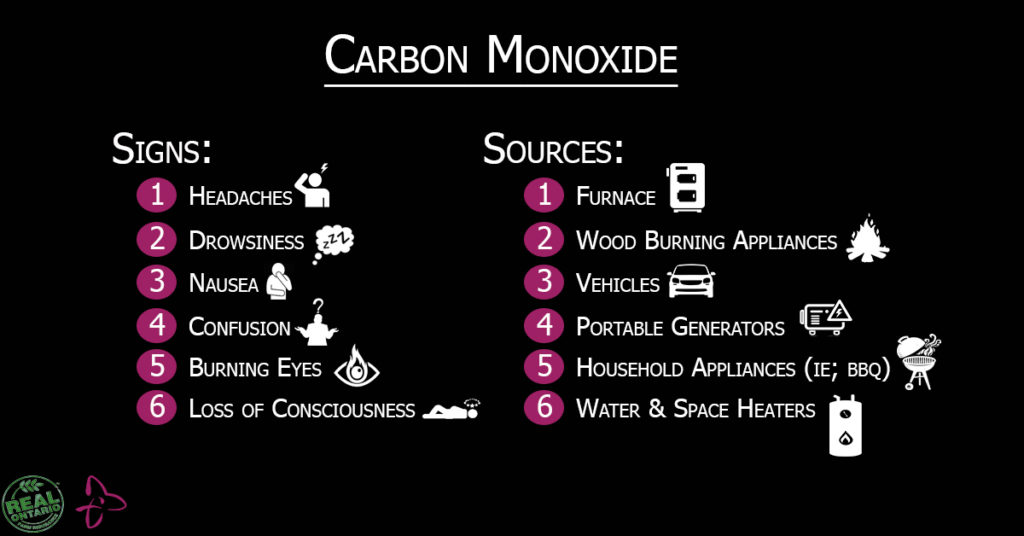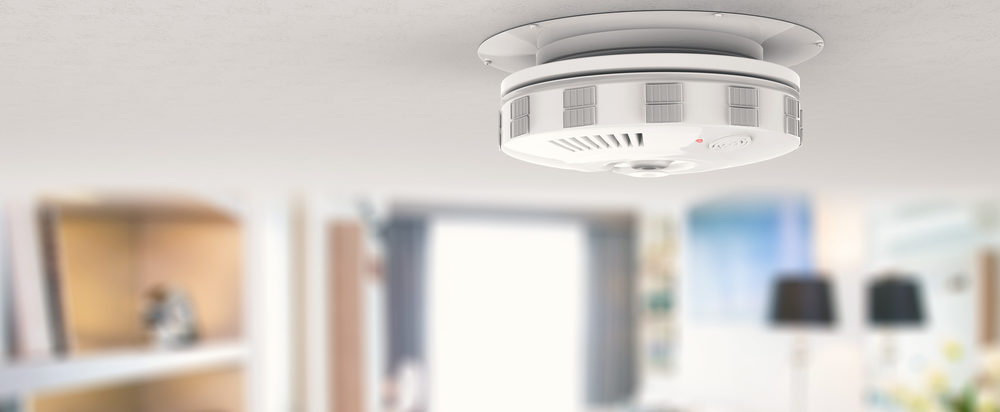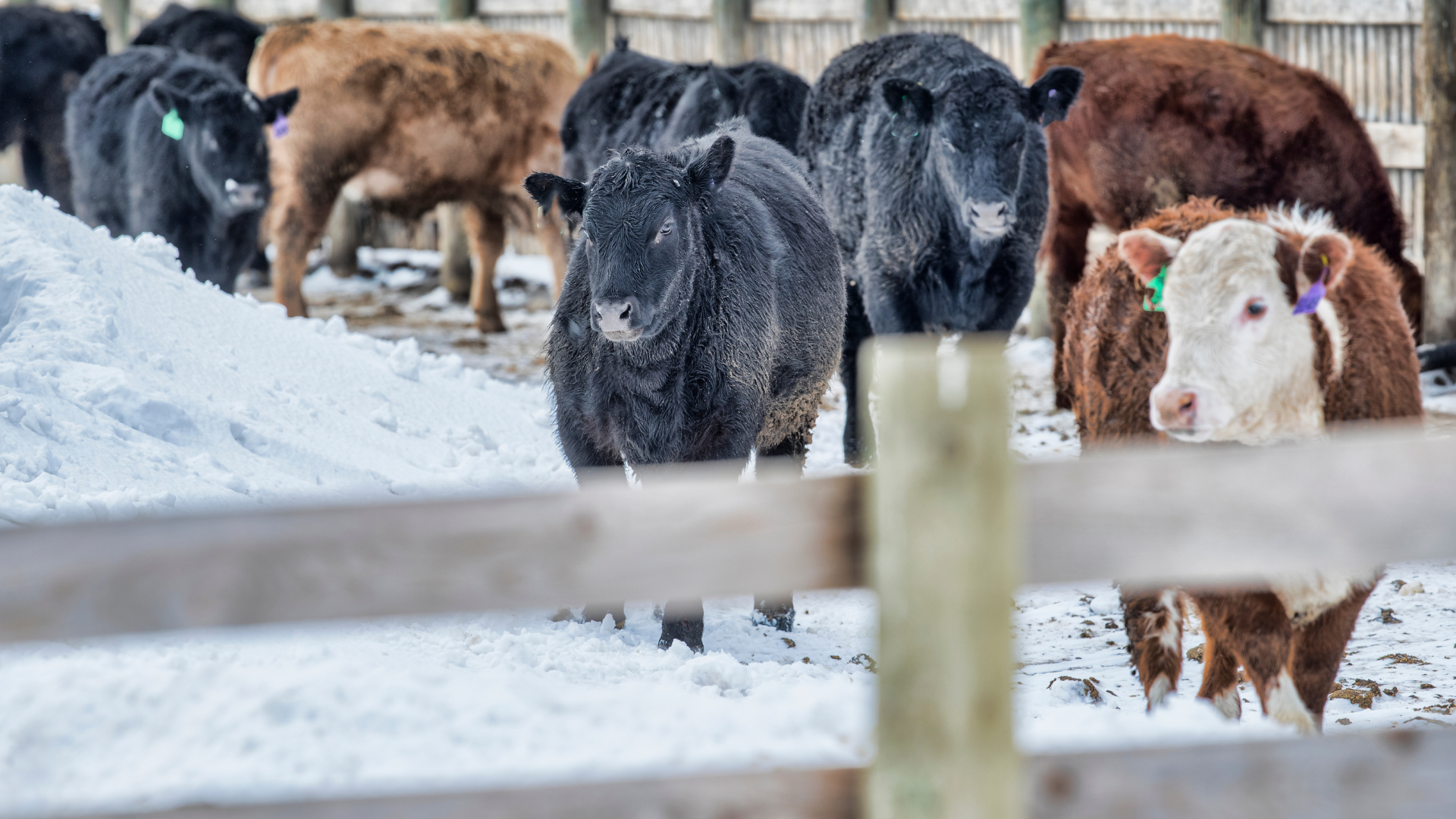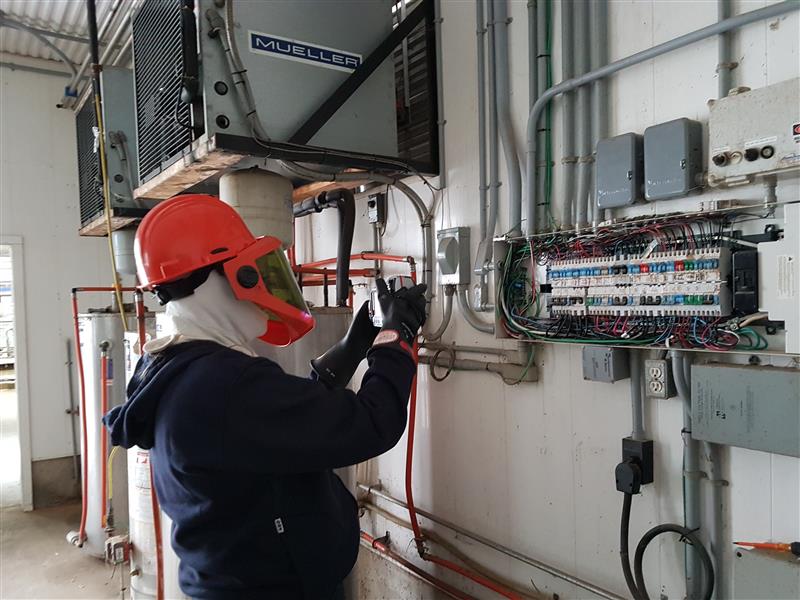Carbon monoxide (CO), often called the silent killer, is a colorless, odorless, and tasteless flammable gas that poses serious health risks. It forms when fuels like wood, natural gas, propane, heating oil, charcoal, or gasoline fail to burn completely. When too much CO builds up, it replaces oxygen in your blood, leading to severe health issues and, with prolonged exposure, death.
Understanding carbon monoxide safety and recognizing early symptoms can help prevent dangerous situations before they escalate.
Symptoms of Carbon Monoxide Poisoning
CO poisoning mimics flu-like symptoms, making it difficult to detect. If you experience symptoms shown in the graphic below and suspect carbon monoxide exposure, leave immediately and call 911. Prolonged exposure can cause symptoms to worsen, leading to unconsciousness or death.
Common Sources

Many household and business appliances can emit carbon monoxide if not properly installed or maintained. Furnaces, wood stoves, water heaters, and generators all pose potential risks.
To prevent CO leaks, regularly inspect your appliances for:
- Leaks
- Cracks
- Blocked vents
- Breaks or tears in lines and connections
- Disconnected or corroded pipes
Preventing Carbon Monoxide Poisoning
You can take several steps to reduce the risk of CO poisoning in and around your home:
- Never leave your car running in an enclosed garage.
- Do not use a BBQ or portable burner indoors (home, garage, RV, etc.).
- Have wood-burning appliances and venting inspected & cleaned annually.
- A stove or oven should not be used to heat your home.
- Check the flame on fuel-burning appliances—it should be clear blue, not orange.
- Never run gas-powered equipment inside a garage.
- Have a WETT-certified professional inspect your chimney regularly.
Winter Safety Tips
During Canadian winters, many homes rely on appliances that produce carbon monoxide. Snow can block external vents, leading to a dangerous CO buildup. After heavy snowfall, clear snow away from vents, including those for your:
- Dryer
- Furnace
- Fireplace
- Wood-burning or gas stove
Your Second Line of Defense
Ontario law makes it mandatory to have carbon monoxide alarms in all residential homes.
Carbon Monoxide Alarm Tips
- Test alarms monthly by pressing the button to ensure they function properly.
- Replace batteries yearly if your alarm isn’t hardwired.
- Choose certified alarms with the Underwriters Laboratories of Canada (ULC) or Underwriters Laboratories Incorporated (cUL) symbols.
 Understand the alarm sounds—most alarms have different signals for CO detection and low battery alerts. Ensure your household knows the difference.
Understand the alarm sounds—most alarms have different signals for CO detection and low battery alerts. Ensure your household knows the difference.
What To Do If Your Carbon Monoxide Alarm Goes Off?
If you wake up or come home to an alarm going off, you should immediately leave the area and contact your local fire department or emergency services. Unable to leave your home? Immediately open all of the windows and doors. When the alarm sounds do not try to locate the source of carbon monoxide, leave immediately! Never ignore the alarm or take the batteries out of it!





